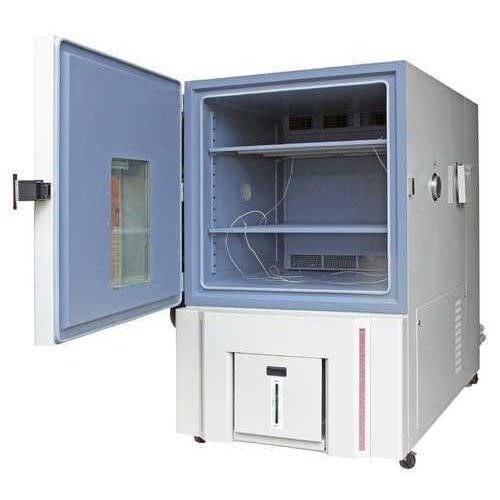An enclosed area known as a climate chamber offers a controlled environment for studying how different environmental and climatic variables affect industrial items, consumer goods, electrical equipment, materials, and organic matters.
A climate chamber may be for evaluating things like thermal shock, humidity impacts, temperature simulation, etc. Environment chambers can provide either steady or dynamic changes; the former is for long-term testing, while the latter refers to modifications to the testing environment.
Conduction of several tests should take place to evaluate how items behave during shipping and storage to determine a product’s weak points and possible durability. Long-term, stable, rapid, and stress tests are for carrying out in a climate chamber; each of these is for intending to gather precise and trustworthy data.
Types of Climate Chambers:
The selection of a climate test chamber or a testing chamber is a difficult task since a good choice is crucial to improving and perfecting product development. When deciding on the sort of climate chamber, factors to take into account include the samples for testing, the amount of information needed, or the kinds of tests for running.
With tests for vibrations, corrosion, altitude, and thermal stress, to mention a few, Climate test chambers are capable of simulating a broad range of environmental conditions. Although climate chambers may offer information on a variety of conditions, it is advisable to be aware of the kinds of tests you intend to select the best test chamber.
Benchtop Climate Chamber
A benchtop climatic test chamber’s benefit is its compact size and dynamic performance. The small size of benchtop climate chambers makes installation simple. They can pass several examinations following industry norms and rules. Small labs or businesses with limited space are perfect candidates for benchtop climate chambers.
Benchtop climate chambers are dependable and effective because of their large selection of instruments and their securely sealed steel enclosure. They may be carefully carried or used as a cart for transport to other areas because they are movable. Testing components put together or raw materials before usage is feasible by this capability.
Constant Climate Chamber
The production of long-lasting environments with steady temperature, humidity, and illumination is via constant climate chambers. To test components, subsystems, and entire systems under severe and challenging conditions, continual tests are to maintain particular stable environmental conditions. Examining exposed components allows us to predict when and how soon they may fail.
Before a product is usually released and introduced, the gathered data gives the knowledge needed to make modifications and enhancements. All items must undergo rigorous testing to meet the expectations of modern business. For contemporary consumers, the outdated notion of design, creation, production, and distribution is insufficient.
Dynamic Climate Chamber
To give sophisticated and difficult humidity and temperature variations that may quickly go from extremely cold to hot, variable climate chambers are mainly intended for extreme temperature changes that take place in a matter of minutes. Dynamic climate chambers are for fast transition components through a variety of climatic variations to produce thermal shock.
The construction of dynamic climate chambers enables the collection of information on specimen responses as well as product reactions throughout temperature and humidity cycles. The automotive, metallurgical, and aerospace sectors all depend on these testing.
Reach in Climate Chamber
With capacities ranging from 4 cu ft to 70 cu ft, reach in climate chambers are bigger than tabletop test chambers. With the same precision, efficiency, and controls, smaller temperature chambers have the same reach capabilities as bigger climate chambers. They are simpler to install because of their lower footprint. They are properly tailored to the requirements of the specimens and the sorts of testing, much like all other types of the climatic chamber.
Testing plant development, examining tissue cultures, and serving as a germination chamber are some of the frequent types of studies done in climatic chambers.


